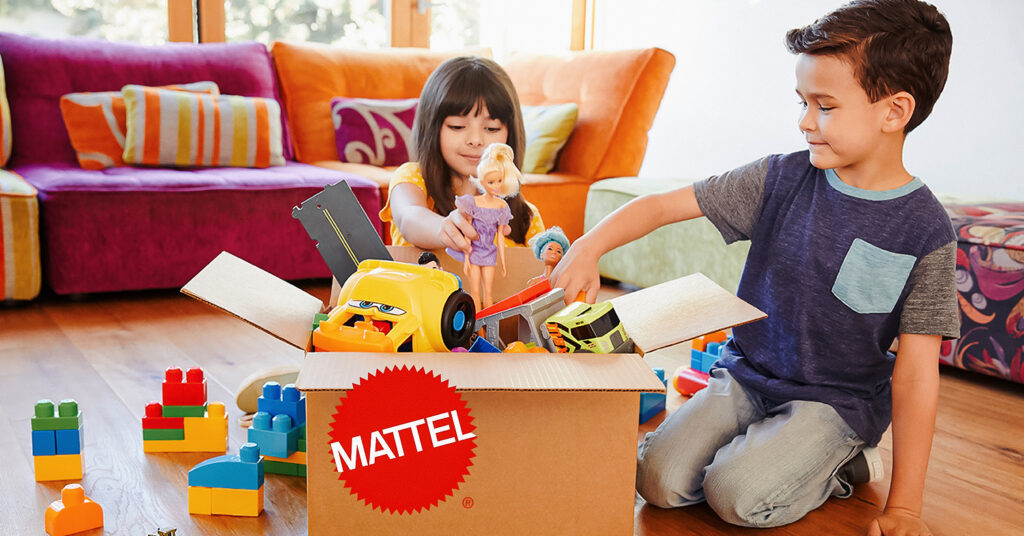Mattel’s “PlayBack” recycling program will recover and recycle old toys into new ones.
PlayBack will help cut back on the significant amount of plastic waste that stems from the global toy industry. It also forms part of Mattel’s existing pledge to use 100 percent recycled, recyclable, or bio-based plastics by 2030, including both products and packaging.
The company — best known for popular brands such as Barbie, Hot Wheels, Fisher-Price, MEGA, and Matchbox — is the second-largest toy manufacturer in the world by revenue after Lego, and has produced toys for kids and young people for over 76 years.
According to CNN Business, the program will initially be exclusive to Barbie, Matchbox, and MEGA toys. Mattel PlayBack will first launch in the U.S. and Canada with a view to expanding to France, Germany, and the UK with a third-party partner at a later date.
North American customers can print a free postage label from Mattel’s website and send unwanted toys back to the manufacturer. Mattel will then sort, process, and either recycle, downcycle, or convert the component materials into energy.
“We get to keep these valuable materials out of a landfill and have the opportunity to learn from the circular model,” Pamela Gill-Alabaster, Mattel’s global head of sustainability, told CNN earlier this week.
How do toys affect the environment?
In general, plastic is a huge problem, and recycling can only take care of so much excess waste. Plastic items also account for approximately 90 percent of the sprawling toy manufacturing industry, which makes upwards of $20.4 billion dollars in sales annually.
In 2020 alone, toy sales increased by an additional 16 percent, as reported by Forbes. The ongoing coronavirus pandemic has prompted a boost for games and puzzles, dolls and action figures, and outdoor play, in particular. (Even the dreaded Monopoly had a resurgence.)
Many children are particularly drawn to bright plastic toys but may tire of them rapidly; a survey by British Heart Foundation found that 28 percent of UK parents have discarded toys that are in perfect working order.
According to a report by ecoBirdy — a company that recycles discarded plastic toys into colorful furniture for young people — the overwhelming majority of toy industry plastic currently ends up in landfill, incinerators, or the ocean.

What are toy companies doing about plastic waste?
Toy manufacturers (such as Mattel) are shifting towards a circular economy model, which can be employed by consumers, too.
This involves reducing both production and consumption, while simultaneously emphasizing the reuse, repair, and rehoming of items wherever possible, before finally recycling component materials into new items.
Lego, the largest toy company by revenue, aims to have 100 percent sustainable bricks by 2030. According to the company, renewable energy has powered its operations since 2017, but creating Lego’s distinct plastic components responsibly remains a challenge.
It currently produces more than 100,000 tons of plastic bricks every year, and there are currently more Lego people on the planet than humans. However, since 2018 the company has managed to replace some of its plastic items with sugarcane-based plant plastic.
“At the LEGO Group we want to make a positive impact on the world around us,” Tim Brooks, LEGO’s Vice President of Environmental Responsibility, explained in a statement at the time. “[We] are working hard to make great play products for children using sustainable materials.
“We are proud that the first LEGO elements made from sustainably sourced plastic are in production,” he added.“This is a great first step in our ambitious commitment of making all LEGO bricks using sustainable materials.”
For ideas about how to cut back on playroom and toy waste in the first place, check out LIVEKINDLY’s guide here.


